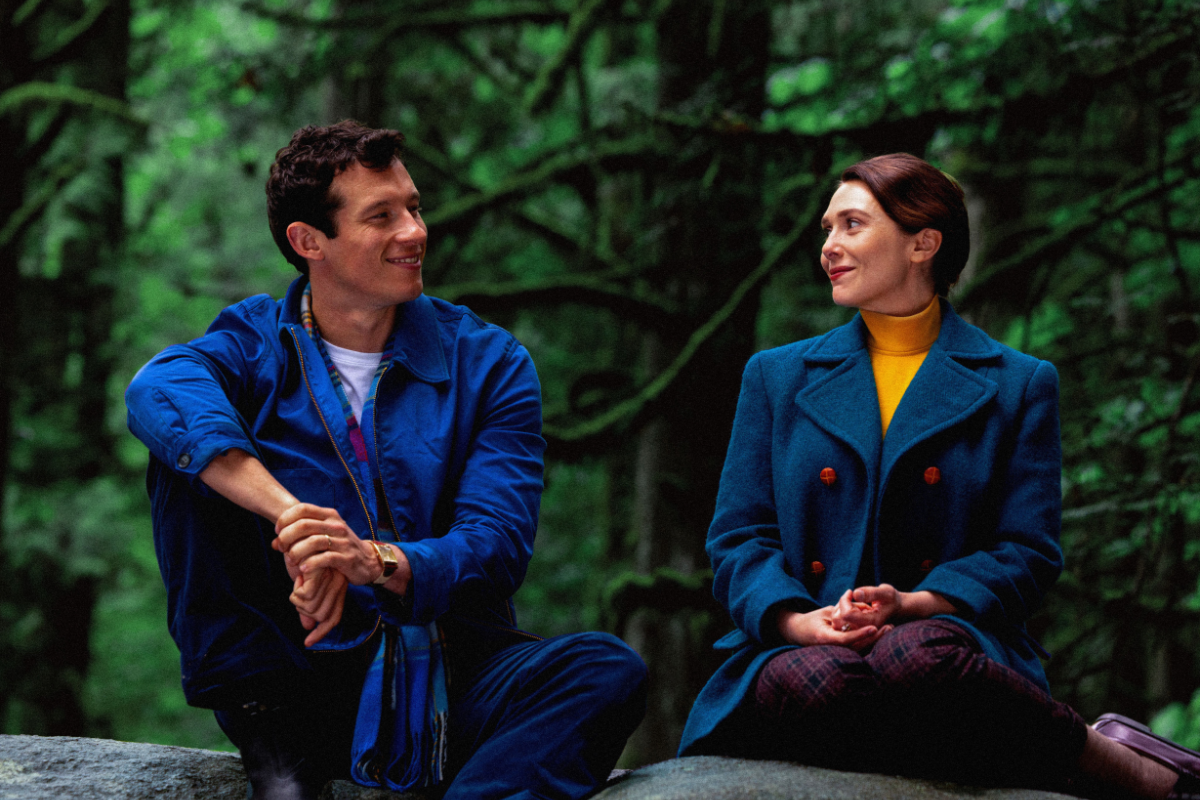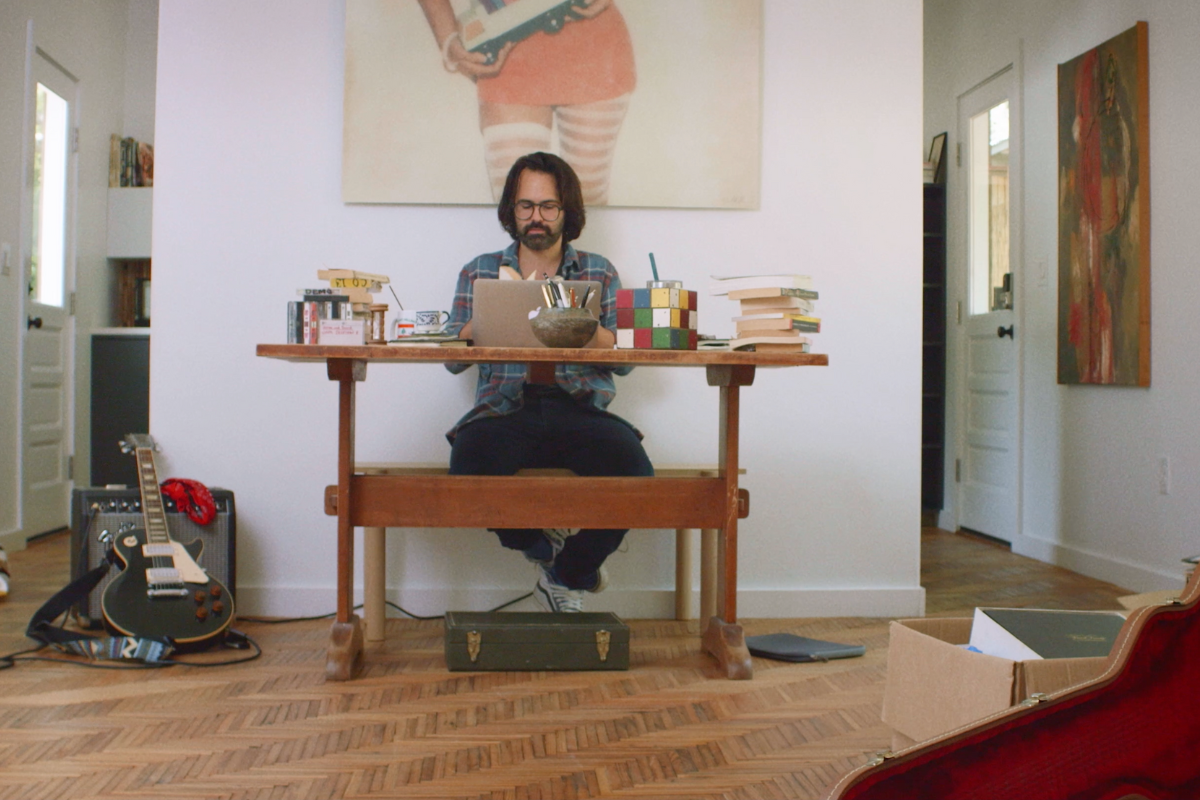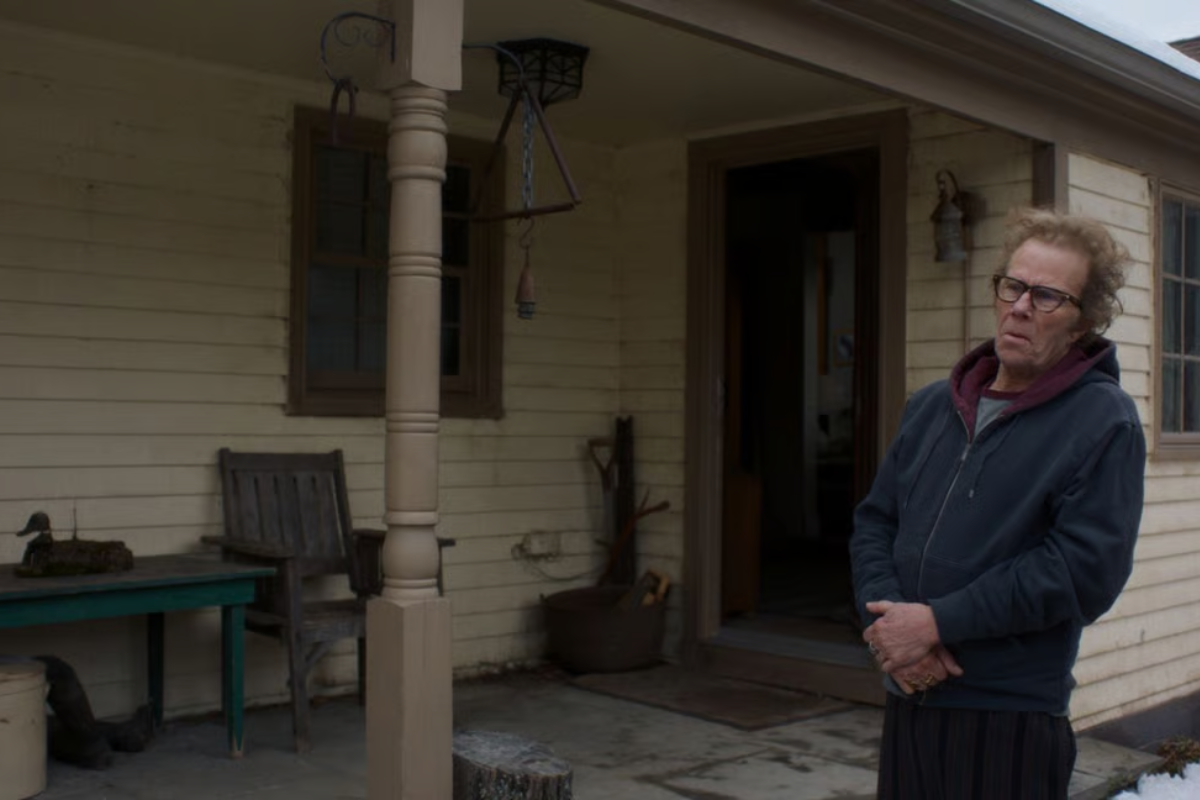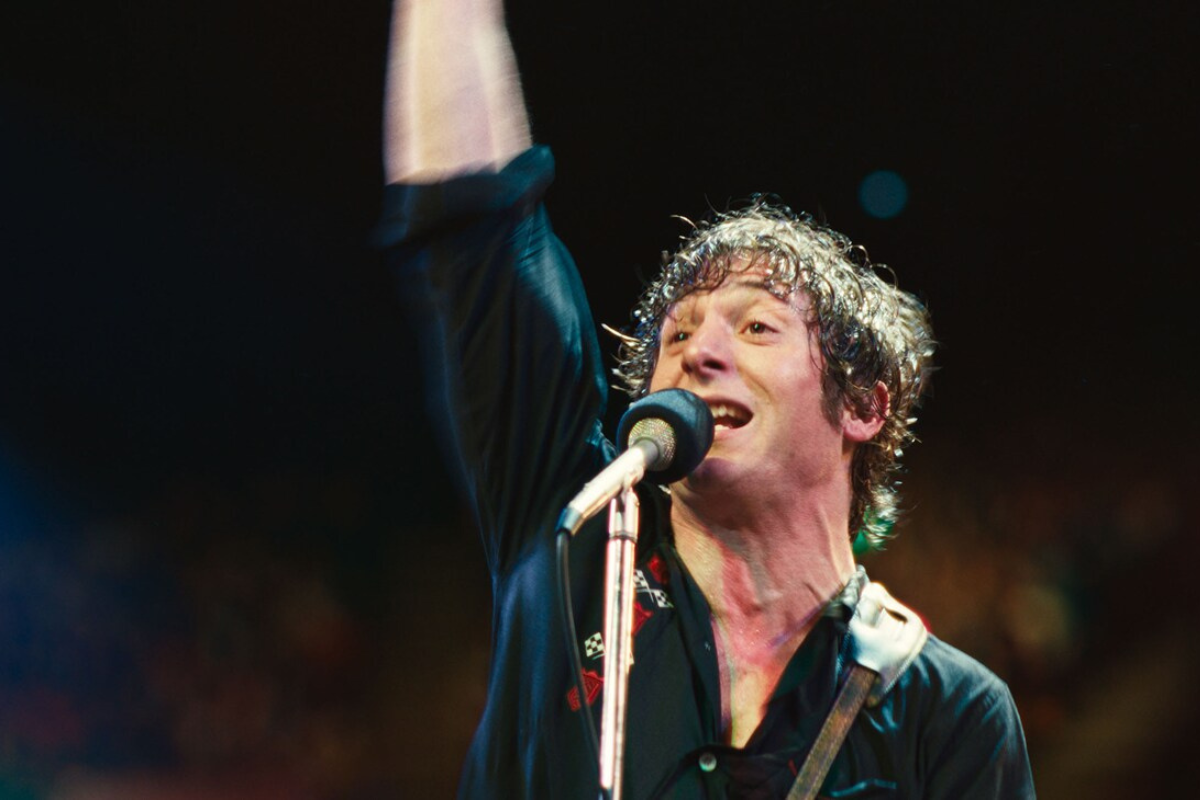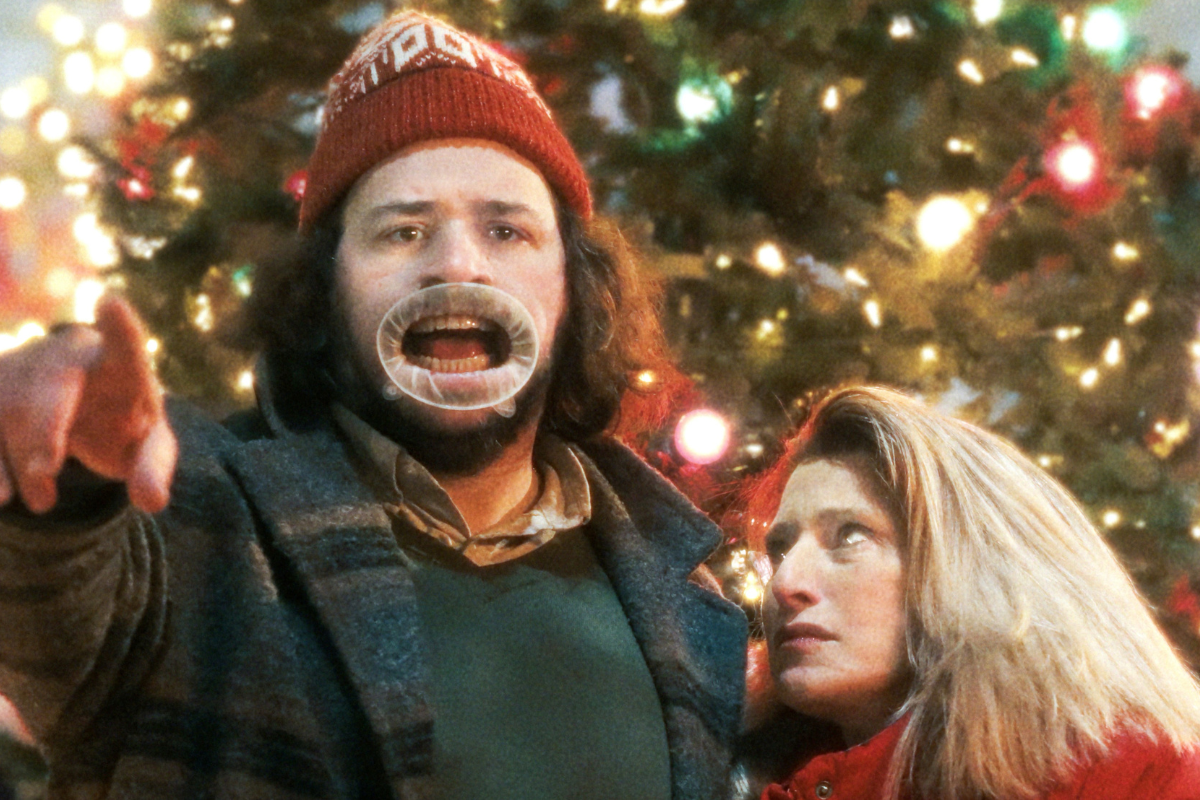Interview with ‘Black Rabbit’ Director Ben Semanoff
Director Ben Semanoff discusses being inspired by the shows themes, tonal consistency, how his previous jobs inspire his work as a director, and more.
Set against the backdrop of New York City’s high-pressure nightlife scene, Black Rabbit centers on two brothers who are pushed to the brink by their duty to family and their pursuit of success. Jake Friedken (Jude Law) is the charismatic owner of Black Rabbit, a restaurant and VIP lounge, poised to become the hottest spot in New York. But when his brother, Vince (Jason Bateman), returns to the business unexpectedly, trouble soon follows; opening the door to old traumas and new dangers that threaten to bring down everything they’ve built. Black Rabbit is a propulsive thrill ride and character examination about the way an unbreakable bond between two brothers can shatter their world and everything in its orbit.
Zach Baylin and Kate Susman have re-teamed from their previous film, The Order, and have created your next binge-worthy TV mini-series - Black Rabbit. The show’s slow burn somehow pulsates with a frenetic energy (think Sonic Youth's 1987 album "Sister" for the music lovers), as the Friedken brothers (Jason Bateman and Jude Law) navigate their inner demons and their estranged relationship. Top that off with a 70s thriller vibe, sharp and witty dialogue, and a stellar supporting cast – you’re in for a good edge-of-your-seat viewing marathon.
Ben Semanoff (Ozark), one of the four directors behind Black Rabbit, discussed with Script his initial attraction to the project, being inspired by the themes of compulsion and hope, the magic of the shows tonal consistency shared with the four directors, and how his background from performing magic to being a camera operator influences his work as a director.
There are Episode 5 and 6 spoilers ahead.
This interview has been edited for content and clarity.
Sadie Dean: What was it about this world that was enticing to you as a director, and what about it had you thinking, ‘Yeah, I can definitely see myself working in this, and adding to it through my own visual lens’?
Ben Semanoff: I remember when I first read the script for the pilot and identifying the obvious theme that these two brothers are both sort of cut from the same cloth – they’re gamblers. And spending some time revisiting movies like Uncut Gems and California Split, and The Gambler, things like that to sort of tap into.
I think we can all relate, to some extent, with the nature of compulsion and sort of the nature of hope, and the hope that just around the corner is the answer to all of our problems. And I think that's ultimately what these two characters are hyper focused on, is the belief that tomorrow they'll have the answer. This last bet is going to come in. And I think I related to that in a real specific way. And felt the also the tone of the show, prior to even speaking with Jason [Bateman] or Zach [Baylin] or Kate [Susman]. When Jason and I got on the phone or on Zoom, I said, 'Oh man, this feels like Uncut Gems. It feels palpable. It feels like constant movement.'
The directors, we didn't have this one big meeting [laughs] where we talked about the trajectory of the filmmaking itself, but I think everybody was sort of on board, and maybe it stemmed from the writing that this world should feel like it's losing stability throughout the series. And I think each director's blocks sort of feel like they've done that. I picture that scene in Indiana Jones, in The Last Crusade, where he's in that crescent valley, the final test, and he's stepping on things and they're falling out below him, right from under his feet. And I feel like that's the world that these two brothers are in.
Specifically in five and six, I had mapped out a sort of visual aesthetic that I wanted to see occur in terms of the frenetic nature of the camera in a way that I didn't want to distract the viewer, but I wanted to slowly enhance that feeling. I'd come to set on a particular day, and I'd have my notes, and I just say to the operators, ‘OK, this is a seven out of 10. That's the energy, seven out of 10 for the camera.’ And each day I would, based on what we're doing, rewind that or advance it. I'm really pleased seeing the episodes, five and six, in particular, and how that that particular aspect of the filmmaking, really, I think, added to that journey.
Sadie: That is so interesting that you mentioned that you and the other collective directors never came together beforehand to talk about the tonality, etcetera. Because there’s such a clear visual consistency and visual language to this series.
Ben: Maybe some of it stems from Jason, Laura [Linney] and I all worked together on Ozark. I would assume Jason brought the two of us back into the directing fold on this show, because we all have a very similar taste. It being a very different show than Ozark, I think in particular, it's visually different and a little bit more free. Ozark is so polished and pristine and this, we really sort of just went in a completely different direction. [laughs] So it is weird that we didn't sit down and go, 'Hey, why don't we try this?' But it worked.
Sadie: It totally works, yeah. And those long lens shots. It’s like 70s thriller goodness.
Ben: Totally... I don't think I had seen the pilot when I started my block. I don't think it quite was ready to share. That scene where Junior and Babbitt are sitting outside of his apartment, arguing about who's going to go in. And it was similarly that, sort of like long lens 70s slow push in, very subjective, and then sort of pulls out as he approaches. It was like magic. But then I saw the pilot later, after having done that already, Jason doing a similar thing. So, it's interesting to your point that we were all sort of already on this same sort of page, and we're sort of tonally and aesthetically matched.
Sadie: There’s so much going on with these characters, that especially lends to that frenetic energy. There seems to be parallels of this brother-like chemistry between Junior and Babbitt, and of course the Friedken brothers, and their collective development and arcs.
Ben: I think that's really an interesting point, especially in five where you have in parallel the two brothers trying to solve their own problems, right? Junior and Babbitt are trying to solve the issue of, we ‘Killed this woman, and we need to retrieve this watch. We can't retrieve this watch, I guess we have to go kill the other brothers.’ And similarly, our hero brothers going, ‘We really need some money.’
Their arc is really terrific I think in five. They start fighting about how to solve the problem. Vince has this idea to burn the house down. He convinces Jake. Jake's on board. And then Jake suggests, ‘Well, why don't we at least make sure there's nothing here we want.’ And they go up to the attic, and all of a sudden, that frenetic energy sort of completely winds down, and you have this moment where the two brothers really, sort of like drop their guard, open up to each other, comfort each other, talk about the struggles they're having in life, and then back into this frenetic nature of them burning the house down. It’s really such this beautiful arc. And all of a sudden it just falls apart at the end. When the four characters come together, when they sort of all converge and their two storylines meet up.
Sadie: I looked at your website and got a really good idea about how you got your start in the arts, from painting, to performing magic, to then becoming a camera operator, and now as a director. How has all of that informed you as a visual storyteller, especially and obviously, the camera operating aspect?
Ben: Without a doubt, every little bit of development - whether it was tinkering with building things and electronics or painting or magic, which was inspired by my uncle, who was also sort of a magician in his youth. I think it all circles a theme of this belief that anything is sort of feasible, and you just have to solve a problem, and what's the problem? And storytelling is really that. So much of storytelling is what is the challenge in front of us, and how do we solve it? And more importantly, how do we solve it in an interesting way that doesn't just present an answer, but engage the audience? So sometimes that means leaving parts of the solution out so that the audience can be part of it.
But it's also about misdirecting, so that there can be a really wonderful surprise later. And the art of misdirection, because you don't want it to be like a red herring that you're sending somebody's interest down the wrong path. That's where the magic comes into it, right? That's where the classic simple coin trick comes in - where you take a coin and you make it disappear, but you point to the hand where it's not in. All of that makes me smile, because it's all been this sort of really fun evolution to developing skills as a storyteller.
My experiences behind the camera, my focus is hyper focused on visual storytelling, when the reality of is that filmmaking is a visual medium, and the visual storytelling only works, in my opinion, if it's there to support performance, and not distract. It never should be flashy. Oftentimes I describe myself as the gatekeeper of distraction. And that could be, is the performance distracting? Is there a fly away hair? Is the camera too active? And instead of us focusing on what we're supposed to be watching, we're thinking, 'Boy, there's a human behind the camera, and they're doing something.' And so first and foremost, before nudging things in any direction, I'm just making sure that nothing's distracting our experience, so that the illusion works.
Black Rabbit is now streaming exclusively on Netflix.
Sadie Dean is the Editor of Script Magazine and writes the screenwriting column, Take Two, for Writer’s Digest print magazine. She is also the co-host of the Reckless Creatives podcast. Sadie is a writer and filmmaker based in Los Angeles, and received her Master of Fine Arts in Screenwriting from The American Film Institute. She has been serving the screenwriting community for nearly a decade by providing resources, contests, consulting, events, and education for writers across the globe. Sadie is an accomplished writer herself, in which she has been optioned, written on spec, and has had her work produced. Additionally, she was a 2nd rounder in the Sundance Screenwriting Lab and has been nominated for The Humanitas Prize for a TV spec with her writing partner. Sadie has also served as a Script Supervisor on projects for WB, TBS and AwesomenessTV, as well as many independent productions. She has also produced music videos, short films and a feature documentary. Sadie is also a proud member of Women in Film.
Follow Sadie and her musings on Twitter @SadieKDean


